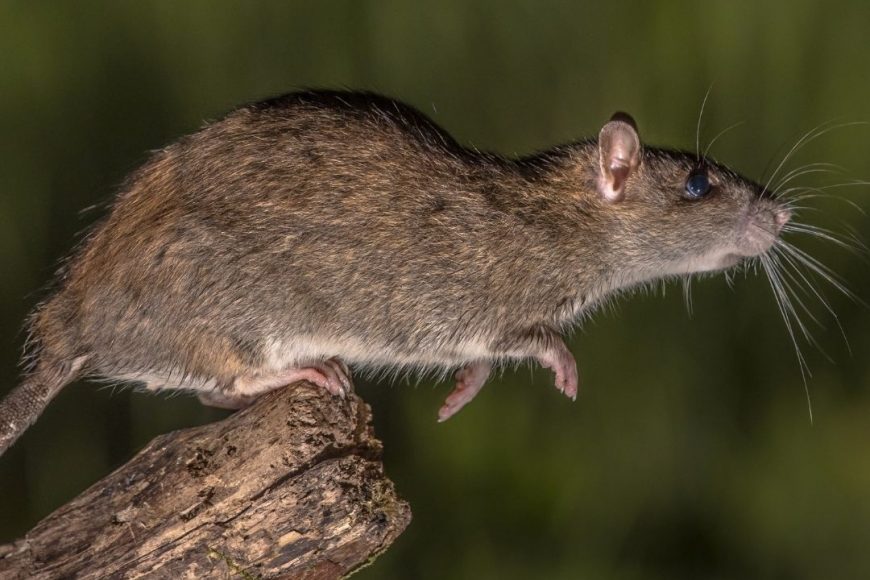Fill out the form below and a Cypress Creek representative will be in touch with you about your pest control needs.
BLOG

The Two Rat Species You Need To Keep An Eye Out For | Houston Rat Experts
Rats are one of the most destructive and widespread pests in the world. They can damage buildings, taint food supplies, and cause severe health problems. On top of that, there are two rat species that homeowners in the US need to keep an eye out for: the Norway rat and the roof rat.
Norway rats
Norway rats are sometimes called brown rats or sewer rats. Their stocky gray-brown bodies make them easily identifiable. They have tails that are shorter than their bodies, and they are one of the biggest common rat species in the country. Norway rats can burrow under buildings, in fields and beneath trash piles. When it comes to nesting, they make their nests from fibrous materials such as cloth and shredded paper, and rats from this species prefer to live in the lower levels of buildings.
Roof rats
Roof rats are also known as black rats. They can climb high above the ground and nest in trees. Roof rats can be found in dense vegetation, shrubs and trees in the wild. In the home, they will set up in areas such as cabinets, attics, sheetrock ceilings, and walls. In order to enter the home they will use trees that are near windows and eaves. Roof rats, unlike the Norway rats, tend to be more restricted in their geographic range, and they are most often found along the coasts of the US.
Dealing with these two species
For the most part, the control methods that you would use to remove a rat infestation are the same across the two species. The only thing to keep in mind is that if you live in a coastal area that is prone to roof rat as well as Norway rat infestations, you have to make sure that your prevention methods are as strong on the upper floors of the home as they are on the bottom ones. Not that Norway rats can’t scale the walls to gain entry, but they are less likely to do so than roof rats.
If you do have a roof rat or a Norway rat infestation, traps and poisons will do just fine. However, for larger infestations you may need the help of a pro. Contact us today for more information about these two species, or if you would like to schedule a pest control appointment.

